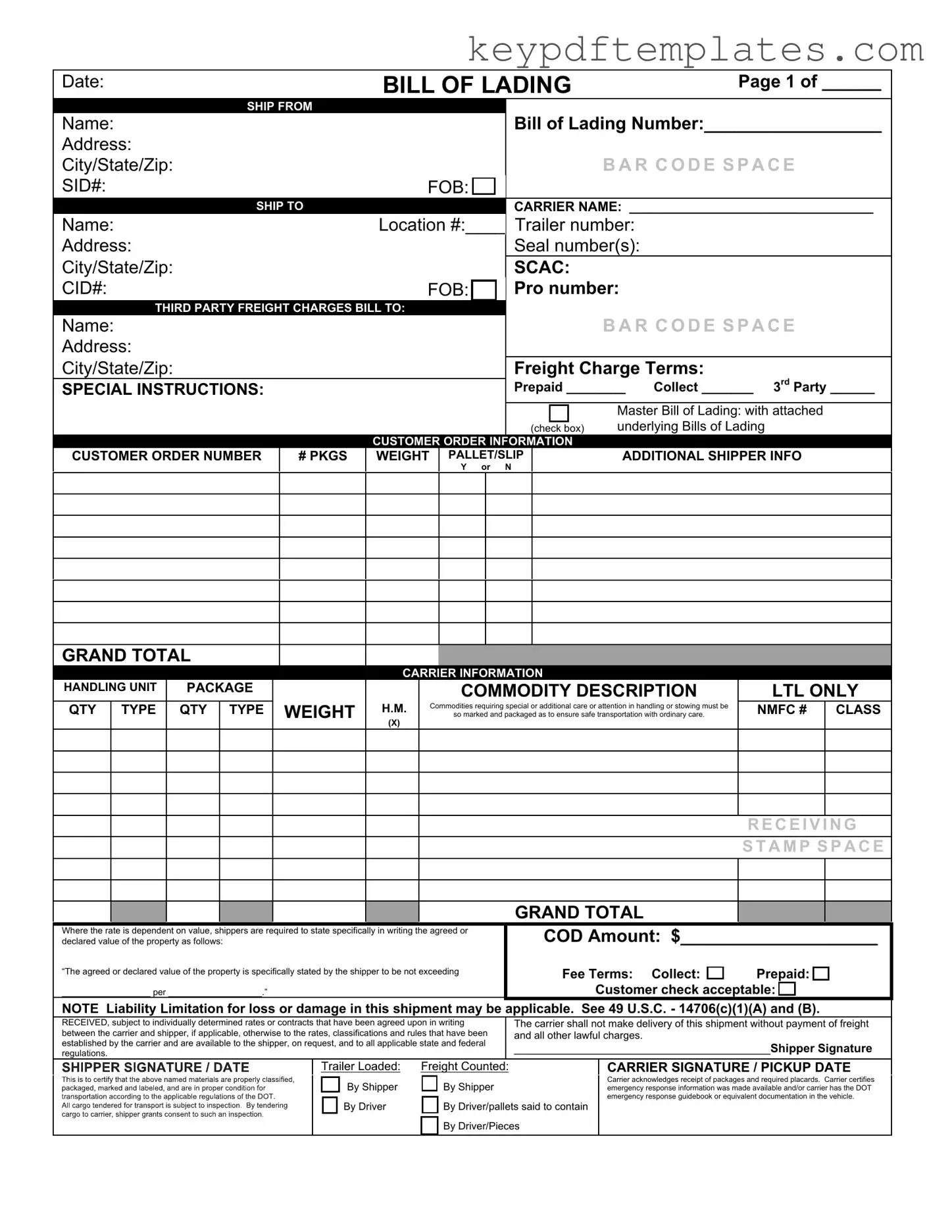Get Bill of Lading with a Supplement Form
The Bill of Lading with a Supplement form is an important document used in the shipping industry. It serves as a receipt for goods, a contract for transportation, and a document of title. Understanding this form is crucial for anyone involved in shipping and logistics.
Modify Document Online
